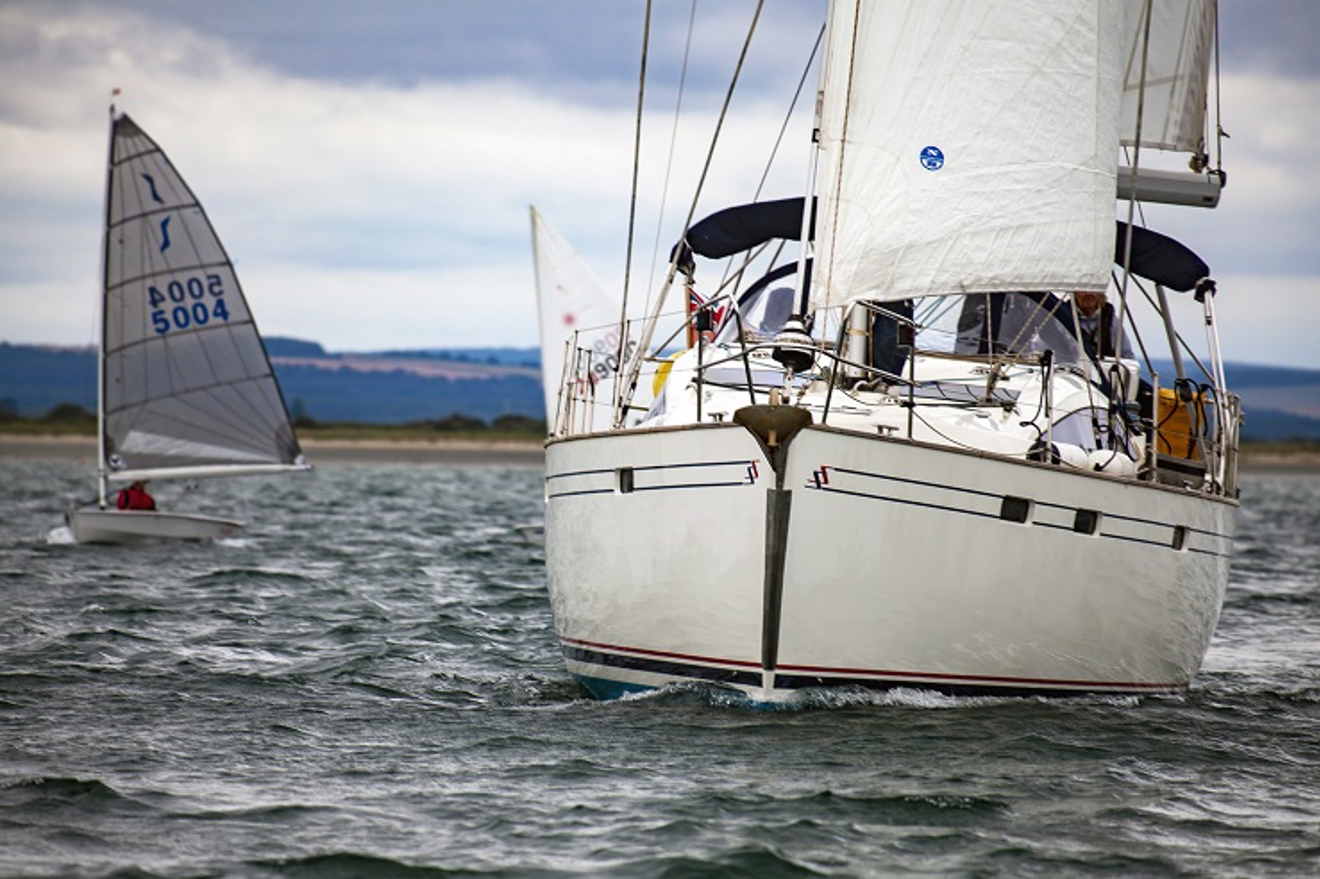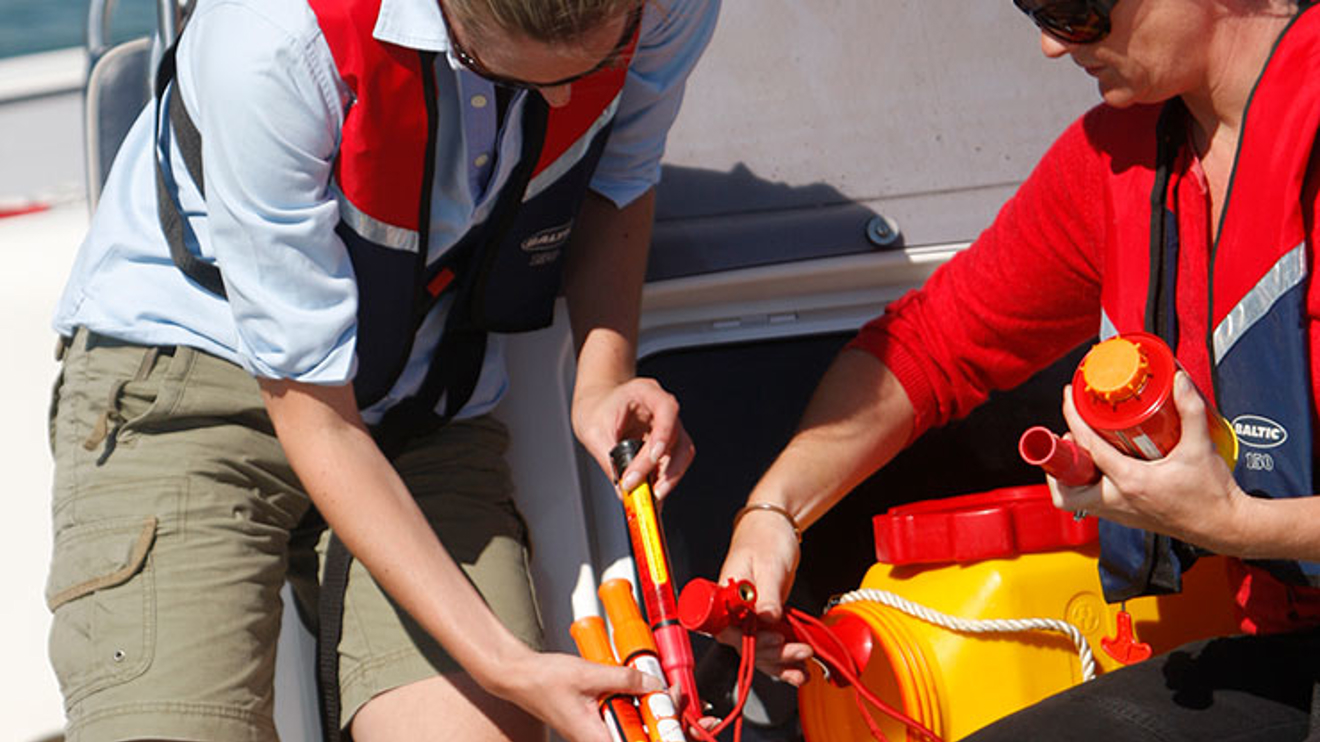Sailing grab bags: What do you keep in yours?
If you’re planning an extended cruise or ocean passage, a sailing grab bag is essential for emergencies - but what should you pack?
A sailing grab bag should contain emergency items that assist you in getting rescued. If the worst occurs and you abandon ship, your grab bag items should help you to survive in your liferaft until rescue.
If you don’t have a liferaft, your chance of survival may be significantly lower depending on location, weather conditions, and water temperature. Each manufacturer will include different equipment within a liferaft. This should be considered when deciding what to pack in your sailing grab bag. Liferafts built and certified to ISO 9650 are packed with equipment according to the time likely to be spent on board before rescue. The list is comprehensive and certain items that have a shelf-life may be carried separately in a sailing grab bag. Where this is the case, your grab bag must be readily accessible in case of emergency.
All sailing grab bags should be stowed in an easily accessible location. Your emergency grab bag should be brightly coloured and able to float for 30 mins in the water when fully packed. Your grab bag should have the means to attach it to an inflated raft. It should also be marked to show that it is required in addition to the liferaft.

It is worth preparing a priority ordered list of the things you will need to put in an emergency grab bag. The Royal Ocean Racing Club specifies some items in its Special Regulations for offshore racing, which is a useful place to start. Hopefully you will only be in a liferaft for a short time before rescue, so think about packing items:
- that indicate you are in distress and assist with your rescue, if you cannot do this then no one is going to look for you
- that contribute to survival while waiting for rescue
Dependent on make and model, each liferaft may have differing additional items included so it’s important to check what may already be packed.

There are a variety of items you could pack which will indicate you are in distress and can attract attention. These include: EPIRB/PLB, flares, EVDS, a waterproof handheld VHF, a powerful waterproof torch with spare batteries, a strobe light, a whistle, and a satellite phone. A handheld GPS will also help you to keep track of your movements in the liferaft.
You must also think about your needs for survival. The basic requirements are high energy food and water (a hand operated water maker is also useful). You may also need a spare pair of spectacles, warm and waterproof clothing, sun glasses, sun protection, lip salve, medication and antibiotics, seasickness tablets and a basic fishing kit. Vital personal items that you’ll need once rescued are important, such as your passport, credit cards, mobile phone, ship’s papers, and insurance documents.
To find out more about how to keep yourself and everyone on-board safe whilst on the water, visit the Safe Boating hub on the RYA website.
